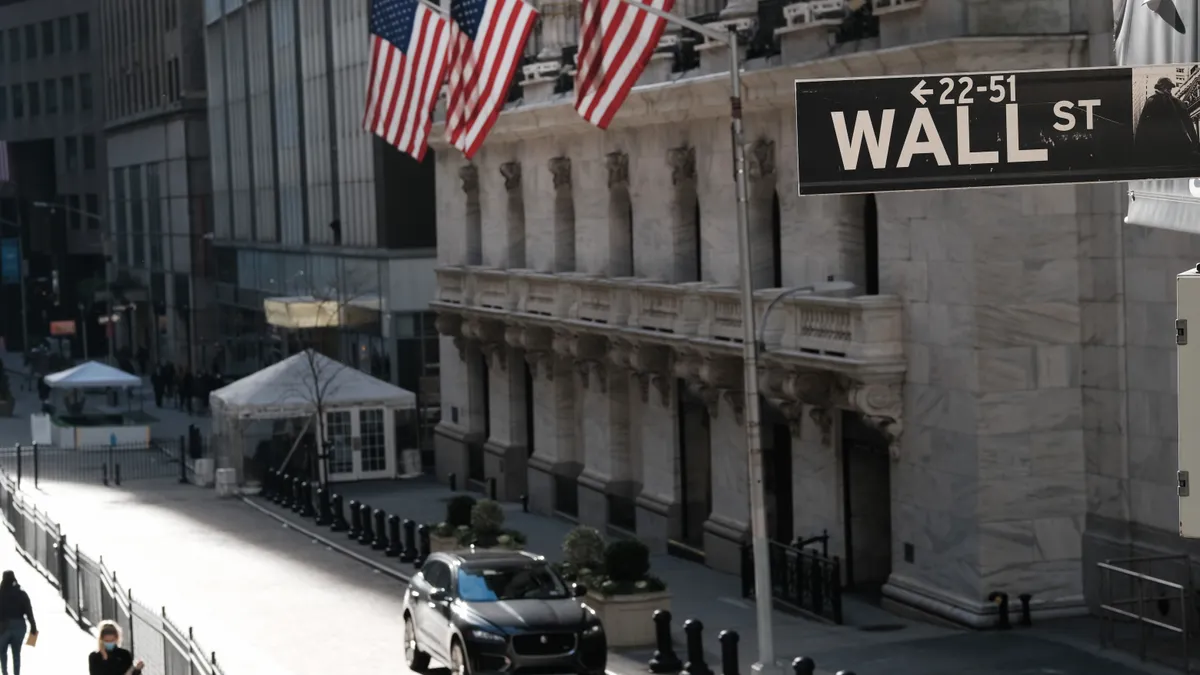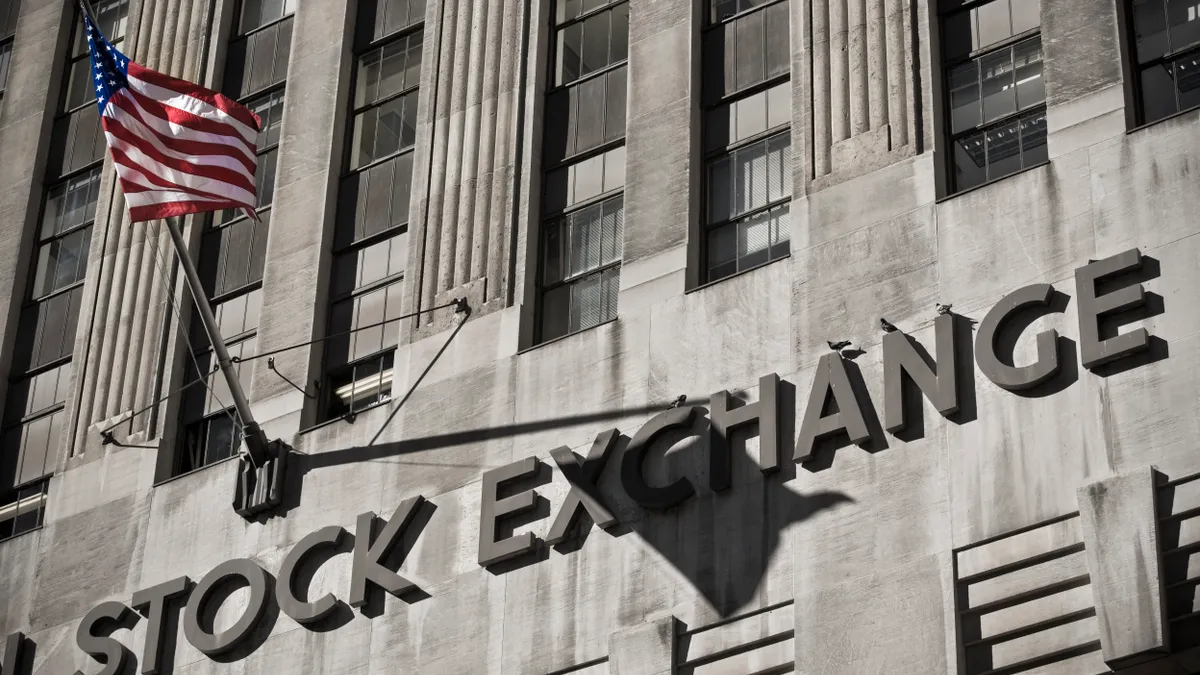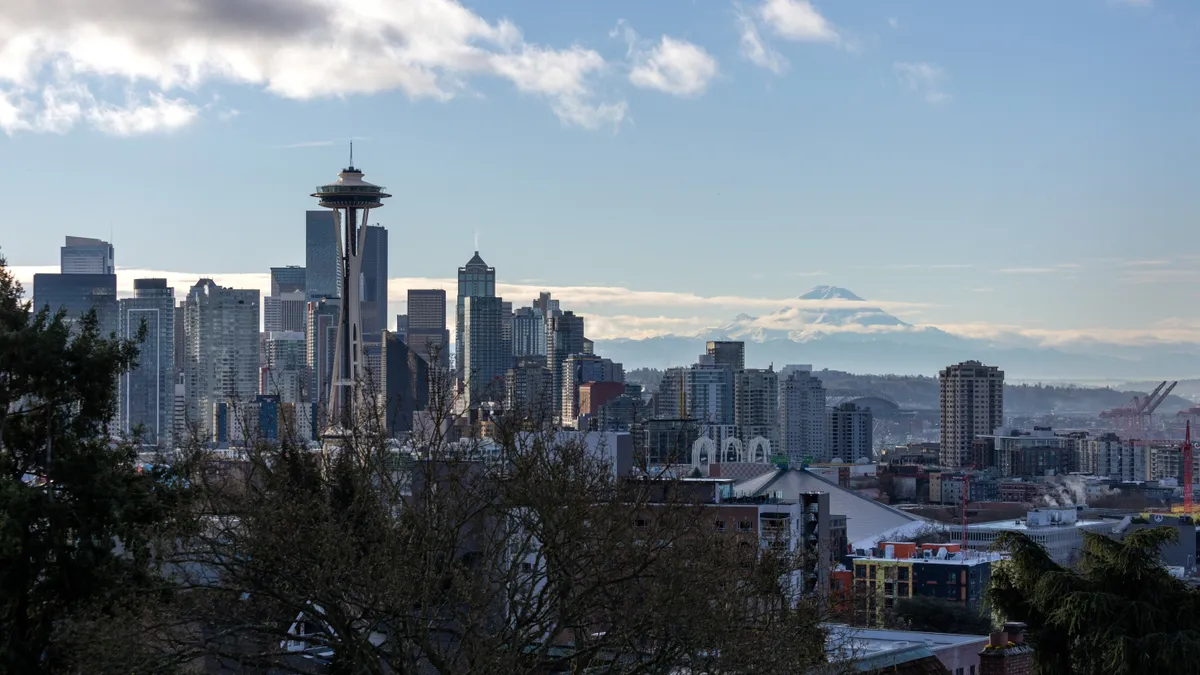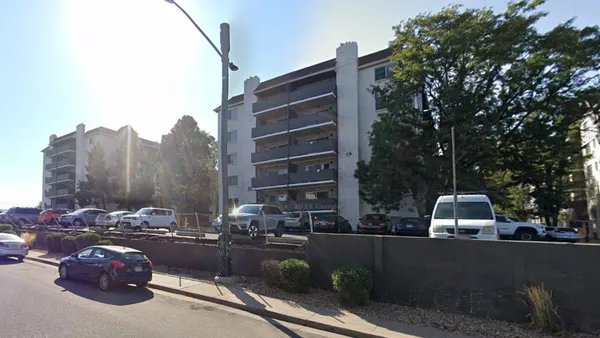Unlike some REITs on the recent round of third-quarter calls, UDR increased its projections for the remainder of the year.
The Highlands Ranch, Colorado-based firm raised its same-store revenue growth guidance for the second time this year, bumping its midpoint to 2.2% from 2.0%.
Driving the guidance increase was a 10-basis point improvement in full-year blended lease rate growth to 140 basis points. UDR expects this lease rate to contribute 5 bps to 2024 same-store revenue growth.
“Our blends are ahead of our original expectations for the year, and our occupancy [is] back up in that high 96% range,” UDR Senior Vice President of Operations Mike Lacy said on the Q3 call last month.
However, there is pressure on UDR’s new rents. Twenty percent of the REIT’s leases moved from short-term, typically more expensive, to long-term. “We're signing 12-month leases today,” Lacy said. “That impacted our blends by about 100 basis points.”
Although UDR’s short-term lease situation differed from that of its public peers, the regional trends in its portfolio and its outlook for next year were similar to those of other firms.
Regional variance
With a blended lease rate growth of approximately 4% and same-store revenue growth of 2.5%, the East Coast is the strongest region for UDR. Washington, D.C., was the firm’s best market, driven by strength in Northern Virginia.
“With continued healthy demand and relatively low new supply, we expect this region to be our strongest through the rest of the year,” Lacy said.
On the West Coast, UDR saw year-over-year blended lease rate growth trend slightly higher than 2% and same-store revenue growth hit approximately 2%.
“Recent return-to-office mandates and increased office leasing activity in the Pacific Northwest has supported relative strength in our Seattle portfolio, while incremental public safety and quality-of-life improvements have led to improved leasing traffic and occupancy in San Francisco,” Lacy said.
In the supply-laden Sun Belt markets, blended lease rate growth was negative 2%, and YOY same-store revenue growth was negative 1.5%.
“Among our Sun Belt markets, lease rate growth in Florida is holding up the best while elevated new supply is negatively impacting our Texas portfolio,” Lacy said. “While our Sun Belt markets broadly have more robust job growth than our coastal markets and absorption of new supply has been tremendous, it has come by the way of concessions and a deterioration of pricing power.”
Looking ahead
In October, UDR saw flat blended lease growth, but if short-term rentals were excluded, it hit 1%, according to Lacy. However, executives at the company see some improvement in 2025, though Sun Belt supply will be a headwind for the first part of the year.
“In the first six months, we do expect to see more of the same of what we're experiencing today in terms of blends in those markets,” Lacy said.
BY THE NUMBERS
| Category | Q3 | YOY Change |
| Rental income | $393.7 million | 1.2% |
| Net operating income | $270.3 million | 0.8% |
| Operating expenses | $123.3 million | 2% |
| FFO per diluted share | $0.60 | -2% |
| Rent per unit | $2,579 | 1.5% |
| Occupancy rate | 96.3% | 0.4% |
SOURCE: UDR
UDR expects pricing stability in Denver, Dallas, Tampa and Orlando by mid-2025. “The timeline for Nashville and Austin are elongated, and we would expect supply-demand equilibrium in late 2025 and into 2026 in those markets,” Lacy said.
UDR, like other apartment owners, has benefited from strong demand.
“Employment growth continues to surprise to the upside, and income growth has outpaced consensus expectations,” UDR CEO Tom Toomey said on the firm’s Q3 call. “This has led to more than 450,000 newly delivered apartment homes being absorbed nationally during the first nine months of the year, which is approximately 50% above long-term average.”
But UDR President and Chief Financial Officer Joe Fisher said that the “wild card” would be “what takes place with jobs and wages, household formation, et cetera.”
Click here to sign up to receive multifamily and apartment news like this article in your inbox every weekday.





































